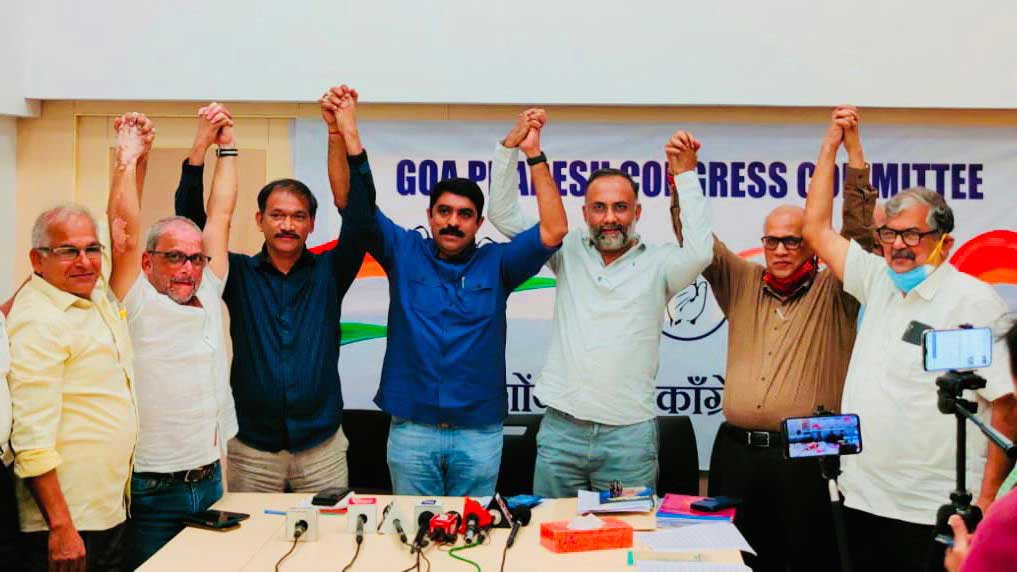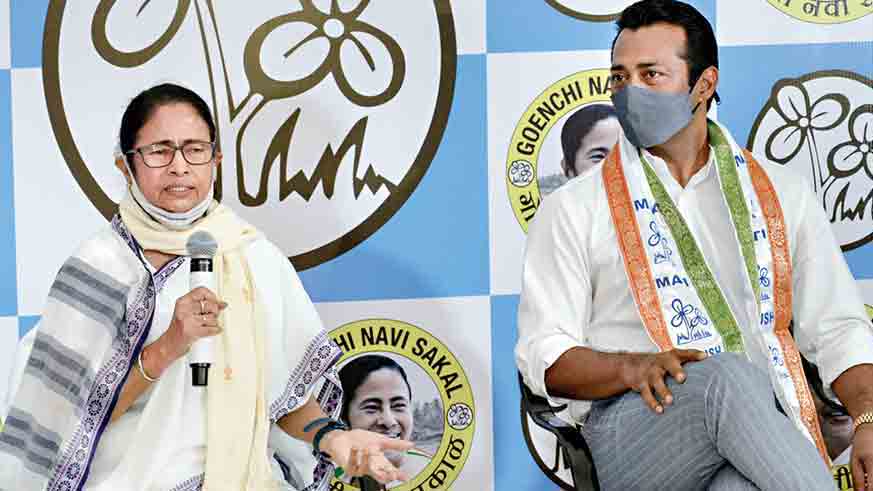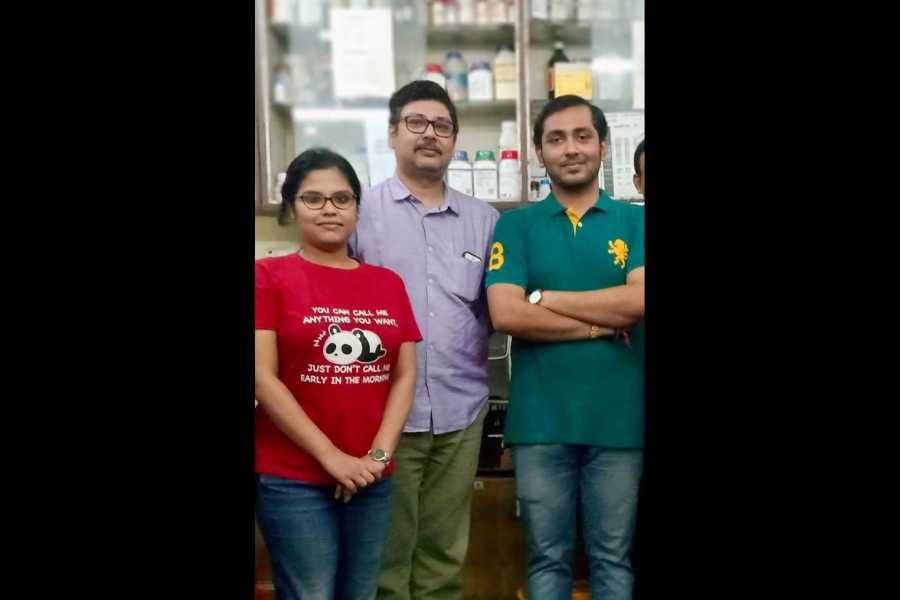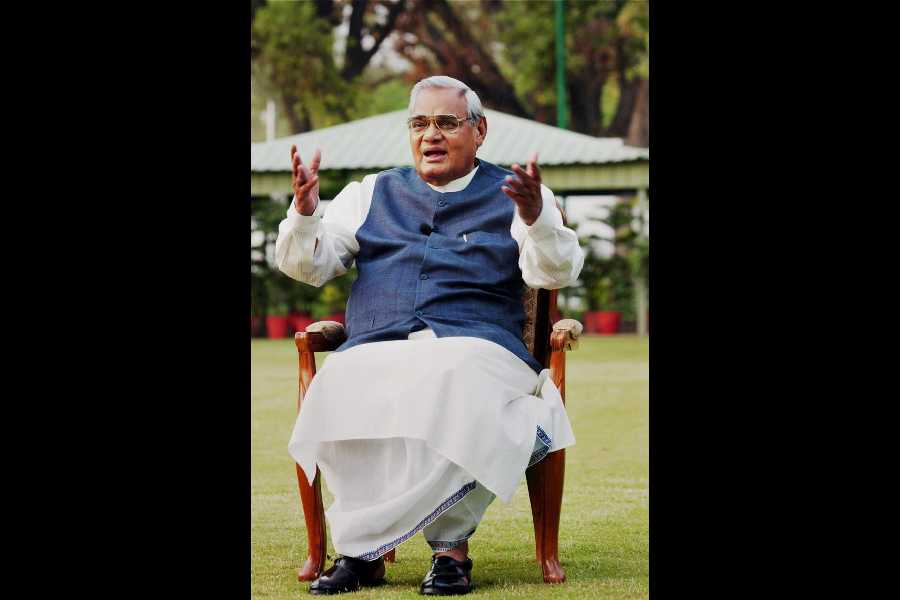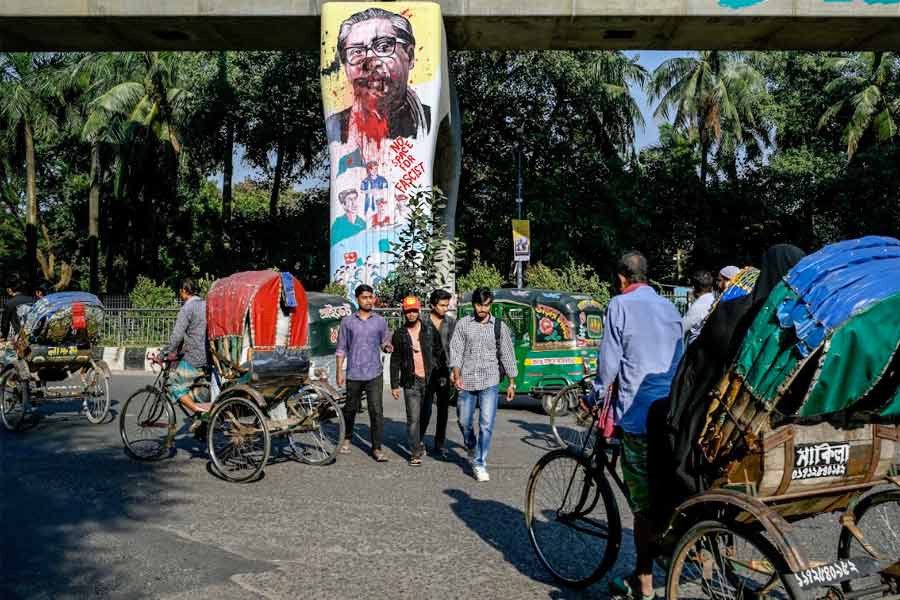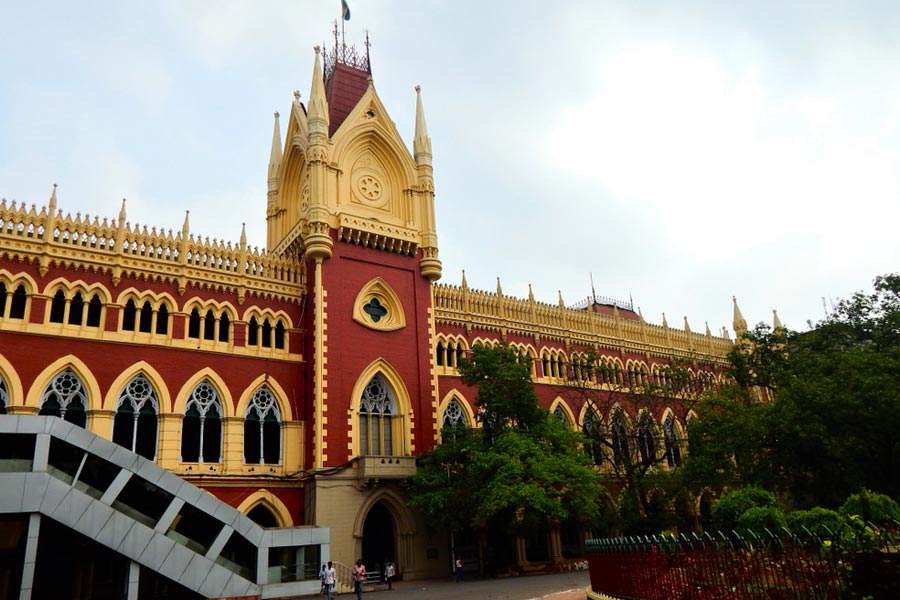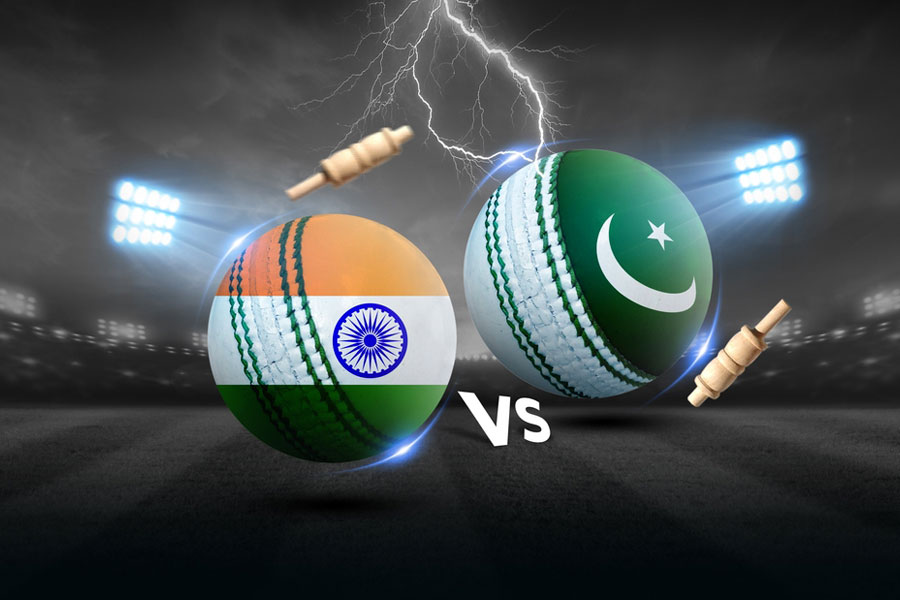At first sight, it seems strange. Politicians in Goa are falling over each other to build alliances with counterparts from across the country in the run-up to the 2022 Assembly elections.
The short answer to the puzzle points to the uncertainty brought on by a broken and dysfunctional politics, one where nearly half the elected politicians have swapped sides
in their last term, and are more discredited than ever before.
Flashback. Since its 1961 incorporation into the Indian Union, Goa’s politics has been complex and muddied. In the first Assembly elections in 1963, the Congress’s domination spearheaded by upper caste (mainly Saraswat Brahmin) Hindu and Catholic politicians led to a major caste fracture. As a reaction was born the nativist Maharashtrawadi Gomantak Party (MGP), dominated by the father-daughter duo of Dayanand Bandodkar and Shashikala Kakodkar. But local interests regrouped first under the Congress (Urs) and later the Congress (Indira), and brought the MGP rule to an end in 1979. The Congress’s clout in Goa didn’t change much, though. It was the “national” party that ruled, and politicians often said they were “loyal soldiers” of the leadership and did little for the interests of the Goan people or population.
Seldom did parties ruling Delhi sync with those ruling Panjim (even if, in name, they were the same party) and political instability remained endemic. So, through much of the 1990s, Goa often got compared to post-WW II Italy for its legendary instability.
The entry of the BJP in 1999 was historic.
It emerged through a little-discussed strategy of luring over willing Mir Jaffar-like dissidents, ousting them from power (in 2000, Francisco Sardinha of the Congress and his team were touring Australia when overthrown by a “palace coup”) and aligning with the MGP only to eat into the latter’s soft-saffron support base.
It also managed to rewrite caste equations within Hindu Goa, stemming the anti-Brahminism of the intermediate caste groups that had emerged in the early 1960s politics. For part of its term, it rewrote a new mix-and-match Hindu-Catholic powersharing of an unusual kind.
However, few could understand the contradictions of Goa as well as the late Manohar Parrikar. He was willing to compromise with anyone and on any issue. His successor, RSS loyalist Pramod Sawant, is seen as a political lightweight.
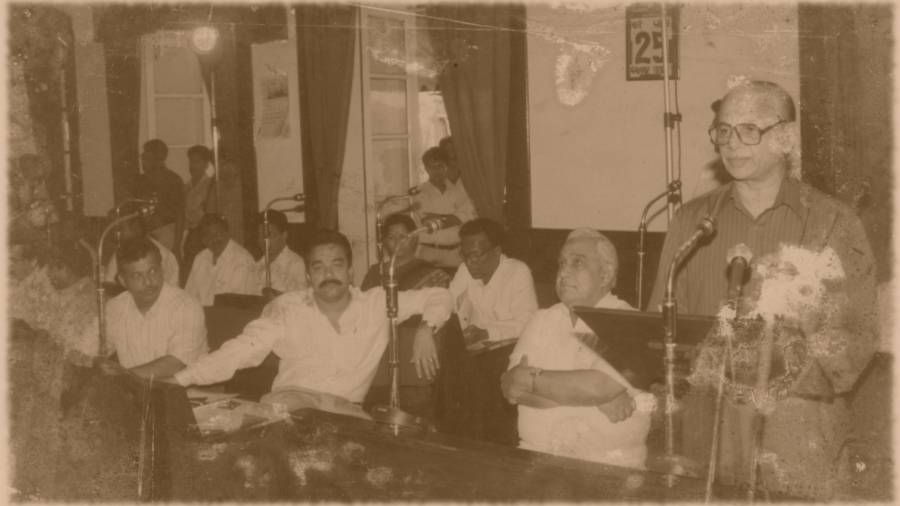
A shot of the Goa Assembly in the 1980s, in the old Adil Shah Palace Frederick Noronha
Unlike in Parrikar’s times, the BJP has no strong leadership. But it does have the blessings of the powers that matter. In 2012, under Parrikar, the party had managed to build an anti-incumbent wave against the Congress, while also mopping up support from the Catholic Church leadership and groups like the Salcete Chardo Catholics, a dominant caste. Now, those who want to challenge the BJP will require to cobble a credible social alliance. The BJP may be discredited but has the benefit of being in power — and staying there through ballots and defections.
In the 2017 elections, the BJP was not as weak as it is today. It has been in power for half a decade, it was not as discredited as today, and Parrikar’s deadly pancreatic cancer had not yet been detected. (Parrikar’s terminal illness was kept secret a long while for political reasons, so much so that action was taken against a journalist who reported it — correctly, as it turned out.)
Even so, the Congress outdid the BJP. But the BJP was quick to use hook-or-crook methods to outmanoeuvre the Congress — it first got the anti-BJP Goa Forward (led by the Argentina-born Vijai Sardessai, who shared a Saraswat Brahmin caste connect with Parrikar) on its side, and subsequently just bought over Congress MLAs wholesale. This not merely changed the power equation and the sense of the mandate but also created widespread cynicism over the sanctity of the vote and elections.
Today, the BJP stands weakened. It needs to work out an alliance with the soft-Hindutva MGP. The MGP was formed as a pro-Maharashtra party in the 1960s, drawing support from intermediary caste Hindus and speaking out in the name of the Bahujan Samaj. But, both appeal to similar constituencies, and this means that seat-sharing could be complex. Also, there is the absence of earlier adept deal-brokers such as Pramod Mahajan and Parrikar. The manner in which the BJP alienated the MGP by treating it shabbily when in power cannot be ignored as a factor in the run-up to elections.
There has been a rush towards alliances. Conventional wisdom now is looking at a possible understanding between the Congress, the NCP and Goa Forward; if a deal does come through, it will have to cross the obstacle of multiple egos and ambitions.
Potential spoilers include the Trinamul and the Aam Aadmi Party (AAP). The AAP is being credited with taking up issues like power tariffs and rationing out government jobs fairly, but election arithmetic suggests there’s little or no space for parties that can’t consolidate votes to win at least a few seats. (As few as three seats in Goa can make one a kingmaker.)
The question everyone is asking is if one of the newcomers doesn’t overwhelm the BJP-Congress contest, who could it affect more adversely? The Congress or the BJP?
By some counts, the AAP did enough damage in 2017 to block the Congress from getting a clear majority. It also remains to be seen how dissidents of the bigger parties would be accommodated, and where those denied tickets would seek refuge.
By early 2022, the impact of Trinamul in Goa, piggybacking on Prashant Kishor’s Ipac, will be known. Pundits will have their explanations. But, one thing is sure: this is a murky contest.
The more things change, the more they remain the same. In the book The Encounter with the Ballot in Colonial Goa 1821-1961, Sharmila Pais Martins describes the situation in 19th century Goa. She writes: “The source of political power emanated from the Portuguese Crown to the political parties and from the latter, to the local elite.”
As then, so now, the Goa dog is definitely wagged by many tails.


